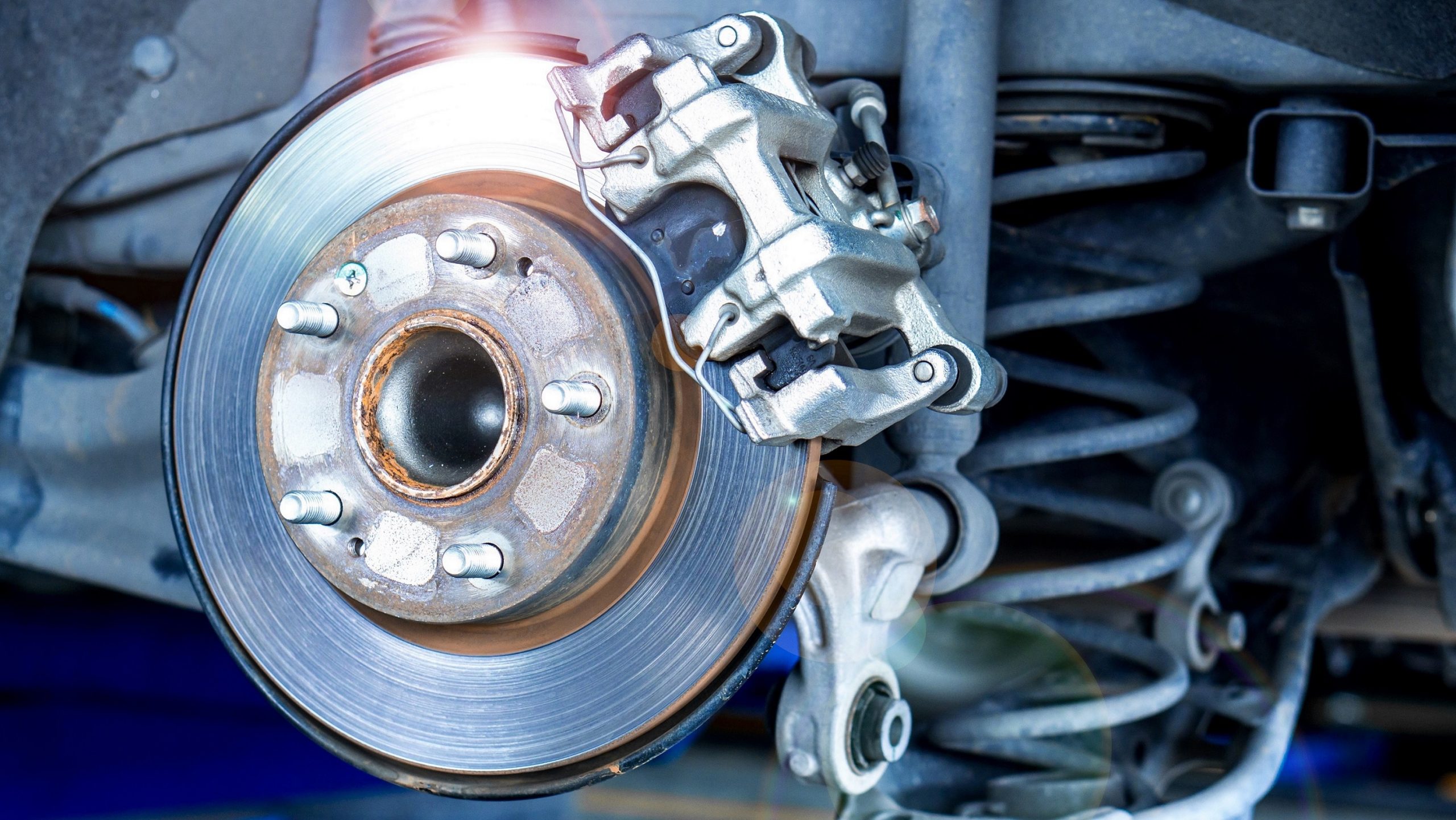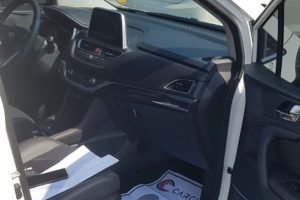Brakes are an integral part of a vehicle. Without it, a car cannot be stopped. Routine car service helps in ensuring that the brakes in your car work perfectly fine Without a proper brake system, it is impossible to drive a car around. A major part of the brakes are the disc brakes– here’s why you should know about them.
Parts of a disc brake
1. Wheel hub:
The wheel hub assembly is the part that allows the wheel to safely turn. The assembly also keeps your wheel attached to the vehicle. Attached to the disc rotor, the wheel hub rotates with it. Your car’s wheel will be bolted to the wheel hub.
2. Caliper assembly:
The caliper assembly consists of sub-parts-
i. Brake pad – On contact with the rotor disc, the brake pad causes friction. This reduces the car’s speed and it stops.
ii. Caliper bracket or Mounting bracket– When there’s friction, the brake pad moves until it is stopped by a solid component. This component is known as the caliper bracket.
iii. Caliper frame
iv. Piston- When the brake lever is pressed, the piston applies the brake force on the brake pad, and this stops the car.
v. Piston Seal – The seal helps the leak of brake fluid and retracts the piston when the brake is released.
vi. Slider pin- This is a pin that slides in the hole when the brake is applied. The slider pin ensures that the Caliper is aligned with the brake rotor.
vii. Dust boots- This prevents the entry of any dust into the slider pin hole or caliper pin.
viii. Brake Shims – Shims are thin metal or rubber pieces that are placed between the caliper and the brake pad to reduce noise.
3. Disc Rotor:
The rotating part of disc brake is known as the disc rotor. The brake pads are applied against this disc for braking. When the brakes are pushed by the driver, it generates a lot of heat which can decrease the braking efficiency. In order to prevent this, the disc rotors have vent holes so that the heat passes through them.
Working of the disc brakes
The disc brakes work with a simple mechanism. When the brake pedal is pressed or pushed, the high-pressure fluid from the master cylinder pushes the piston outward. The piston pushes the brake pad against the rotating disc. As this happens, the inner pad touches the rotor, the fluid pressure exerts further force, and the caliper moves inward. This pulls the outward brake pad towards the rotating disc and it touches the disc. Now both the brake pads together are pushing the rotating disc. This results in a large amount of friction between the pads and rotating disc and slows down the car. This finally makes it stop. Finally, when the brake pad is released, the piston moves inward, and the brake pad moves away from the rotating disc. And the vehicle starts to move again.
Advantages of disc brakes
- The disc brakes have better cooling properties as the braking surface is directly exposed to air.
- It offers better resistance to fade.
- Disc brakes are lighter than drum brakes
- They are self-adjusting disc brakes
- The replacement of brake pads is easy.
This is just a basic idea of how the disc brakes work. Knowing how certain parts of your car works will help you if your car faces any trouble. At Carcility, when you take your car for a service, the experts will also help you know more about various car parts and what happens to them when they are serviced.







